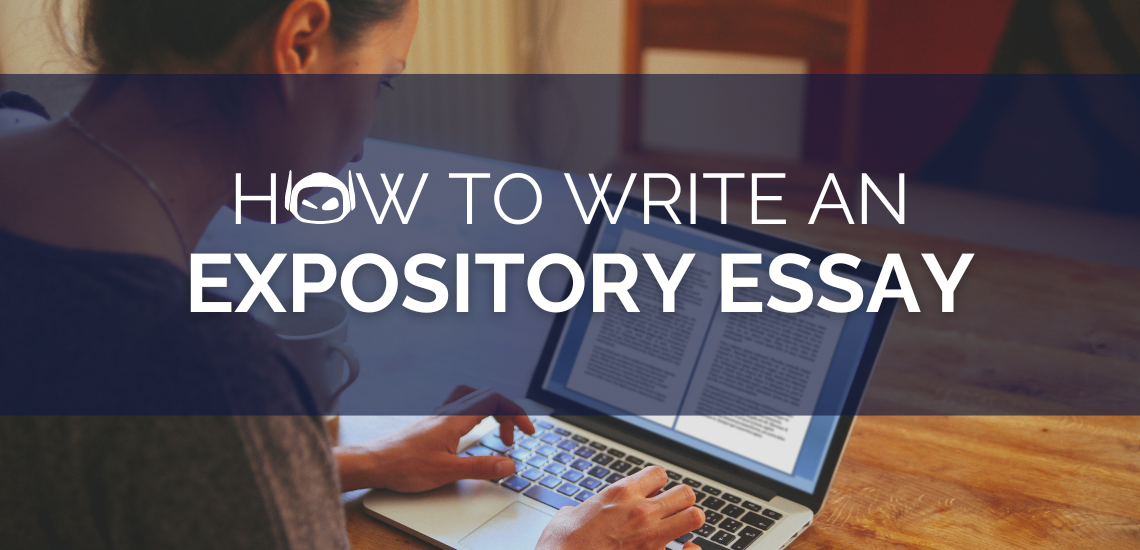
There are many different types of essays that students need...

Step-by-Step Instructions for Writing
The most difficult aspect of composing an academic essay is...
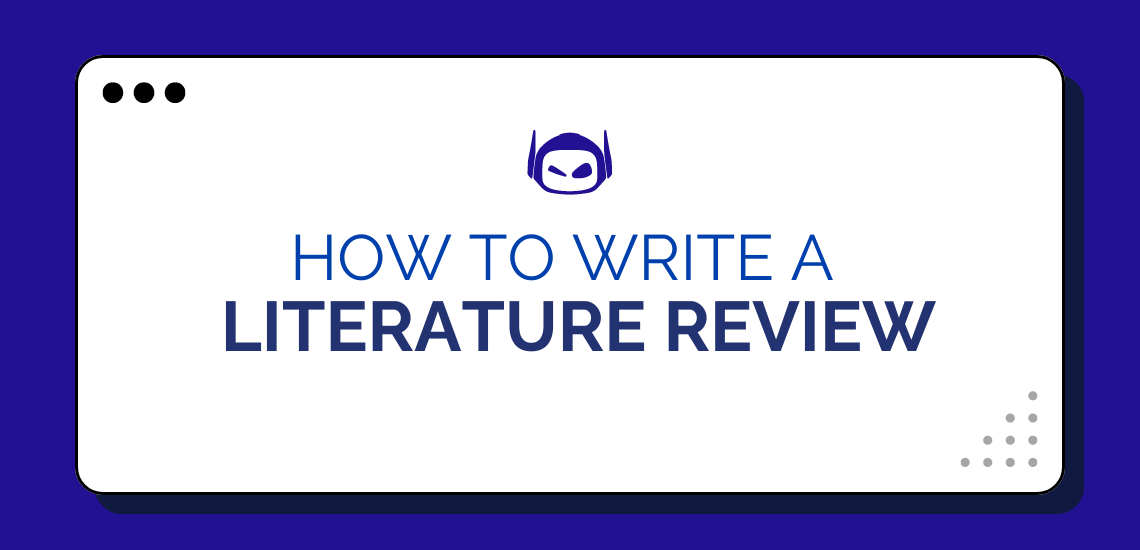
Step-by-Step Instructions for Writing
By doing a literature review, you indicate that the context...
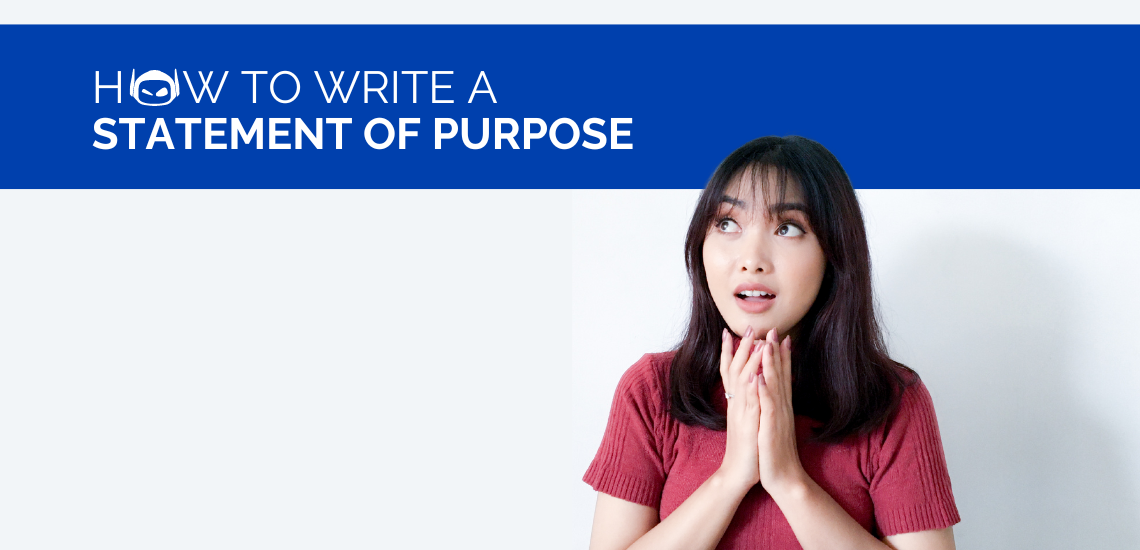
Step-by-Step Instructions for Writing
To get into a graduate school, you need to write...
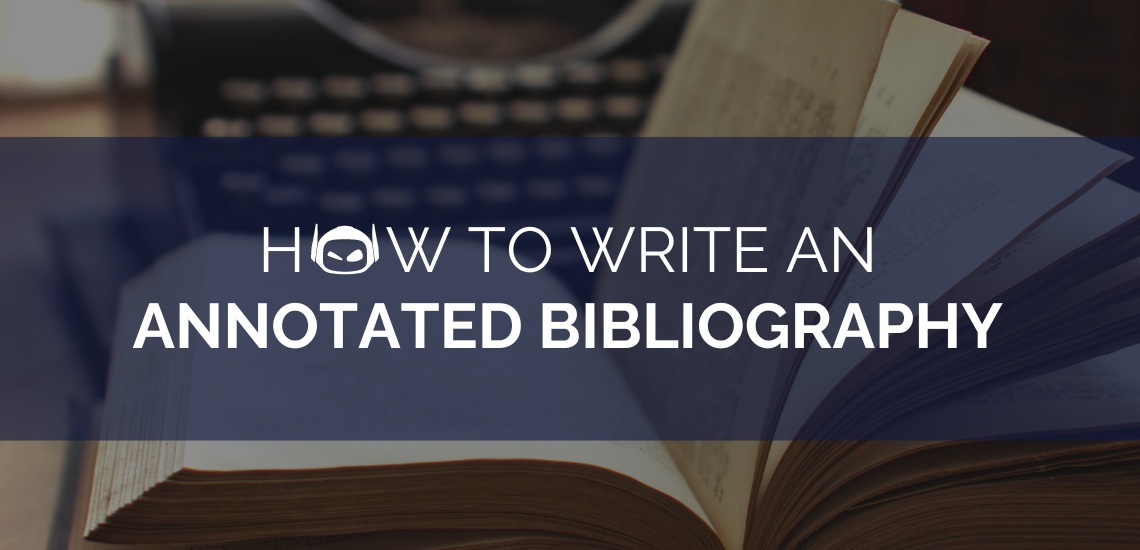
Step-by-Step Instructions for Writing
Annotated bibliographies are often an afterthought when you’ve finished writing...
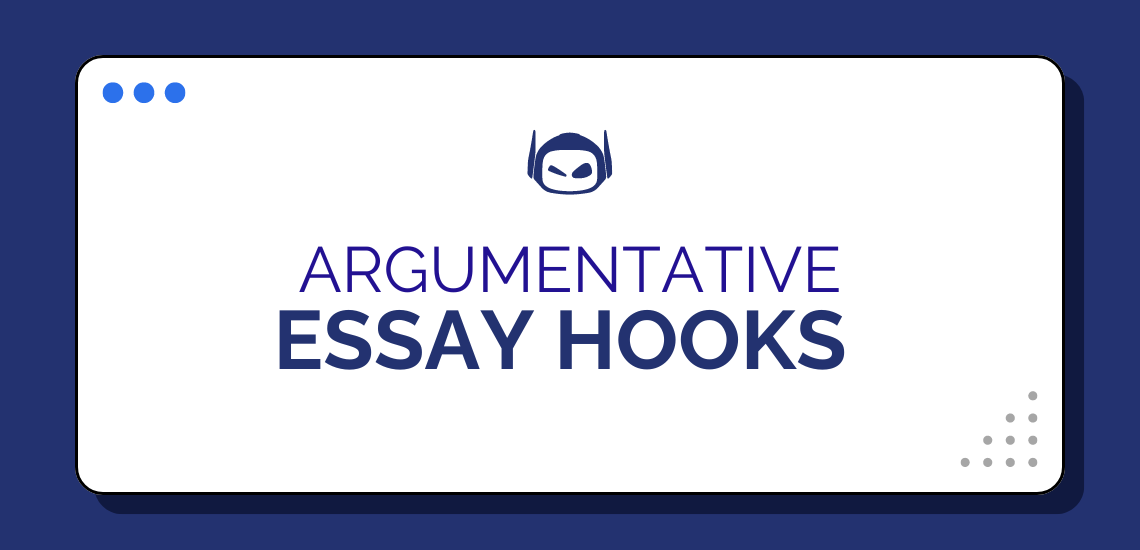
General Guide About Content and Writing
The opening sentences of an argumentative essay hold immense power....

Step-by-Step Instructions for Writing
Applying to college? This guide shows you how to write...

Step-by-Step Instructions for Writing
While doing your job search, you may notice that, along...

Step-by-Step Instructions for Writing
Think of the abstract as the shop window of your...

Step-by-Step Instructions for Writing
When writing, how you say something often matters as much...